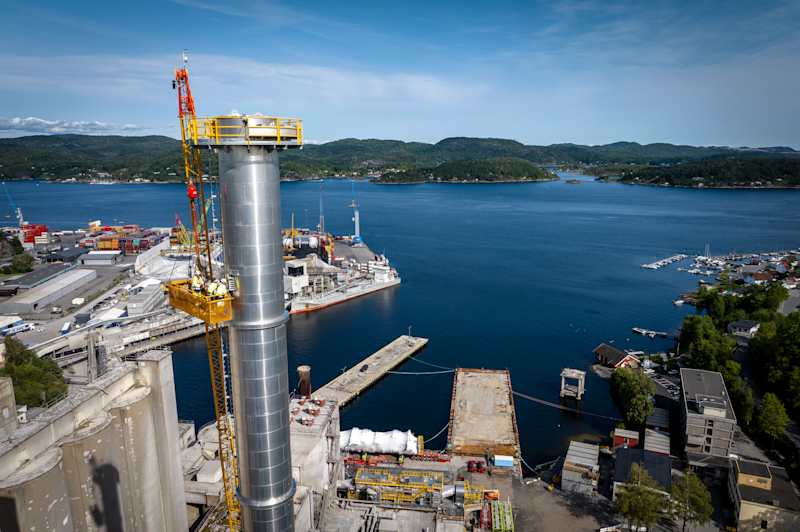Carbon sinks and technical sinks are needed alongside emission reductions and need to be strengthened in the EU, says report

A Europe-wide report says that price controls should be used to increase sinks. According to the researchers, strengthening sinks is essential to meet the EU’s emissions targets.
The European Climate Science Council brings a reminder of the role of sinks in EU climate policy to the Finnish carbon sink debate.
To support long-term emission reductions, removals – natural and engineered carbon sinks – are needed on a large scale, says the report. Separate binding targets for removals are recommended to encourage investment and technological development.
Strengthening sinks is essential to reducing the EU’s carbon sink and meeting EU emissions targets, say the researchers.
The EU must urgently stop and reverse the ongoing decrease in soil carbon sink and ensure sustainable biomass procurement and use, the Council obey.
For the land use sector, the report recommends new pricing tools to reward landowners for carbon recovery and pricing emissions to turn the decline in land use throat into growth.
Thus, the Council is on the same line as a number of economic policy organizations that have repeatedly demanded price control for forest climate action. So have the International Monetary Fund IMF.
According to the Council, the fastest means are soil carbon bonding, marshes’ restoration, afforestation, improved forest management and agrometing economy. Carbon recovery from production facilities at the ends of the barrels is not yet ready for production.
Extended emissions liability introduced
The report proposes the introduction of extended emissions responsibility. It would require current emissions to participate in the elimination of greenhouse gases, which would help achieve net-negative emissions in the EU.
The Council recommends that the EU sets separate legally binding objectives for emissions deductions, permanent depreciation and temporary depreciation.
It recommends that the EU will increase coordination, increase investment and improve planning for the development of EU CO2 transport and storage infrastructure, while ensuring fair access, fair transition and climate durability.

Founded in 2021, the European Scientific Climate Council, established to support the European Climate Act, provides the EU scientific information and advice on climate change, evaluates policies and identifies action to achieve EU climate targets. The Council consists of 15 independent parents of scientific experts representing a wide range of disciplines related to the subject.

